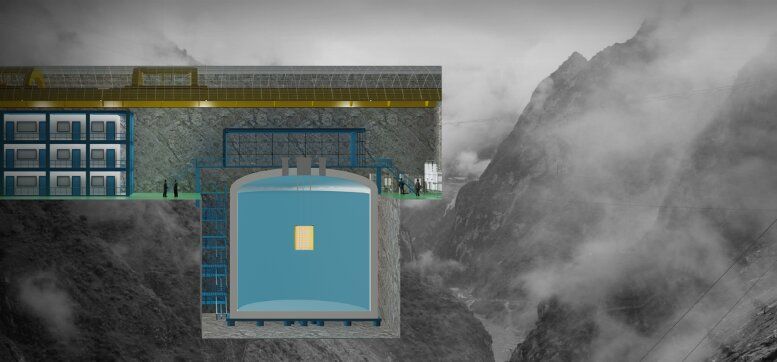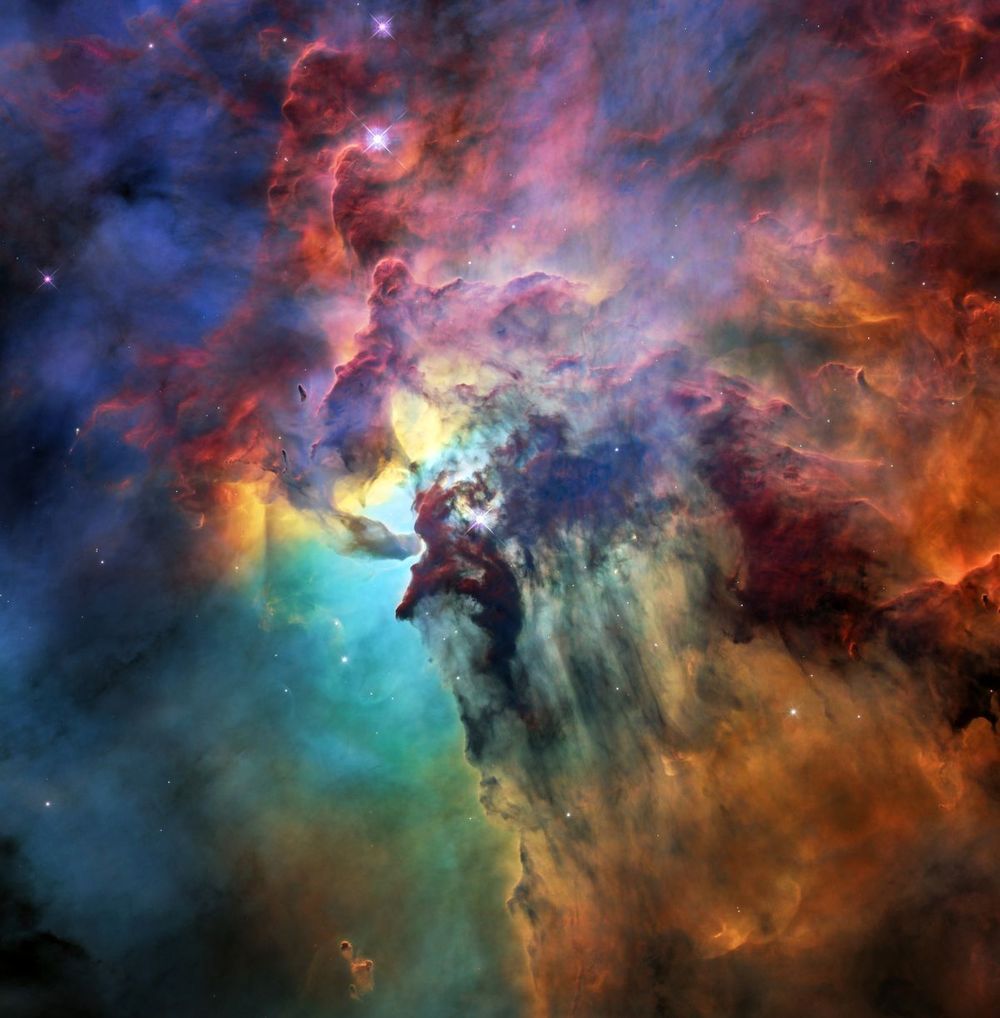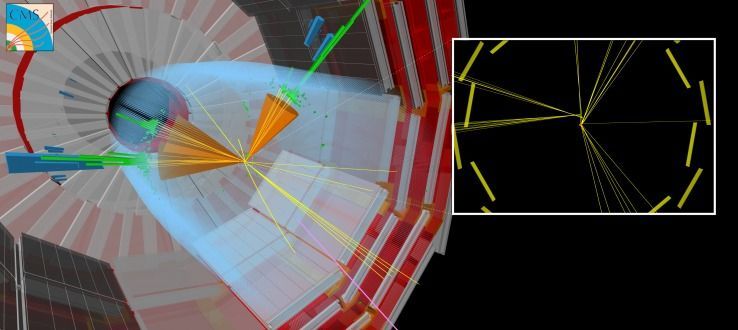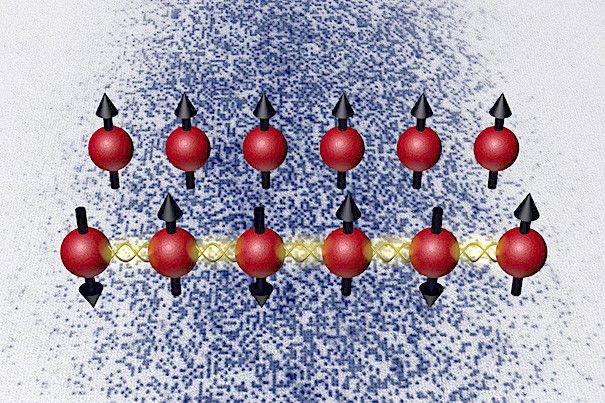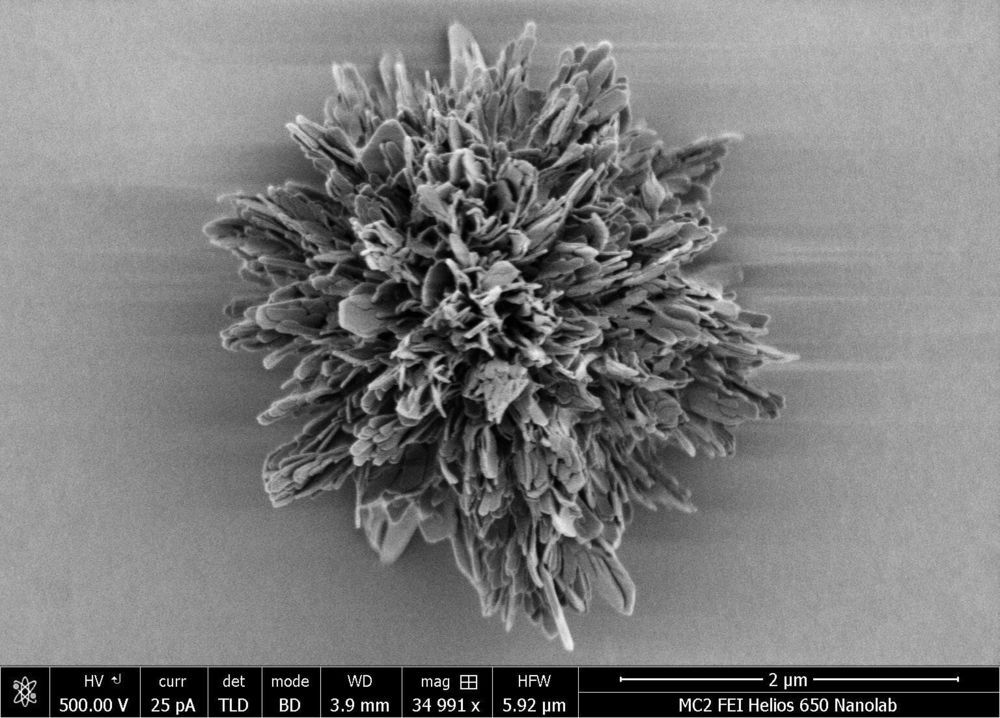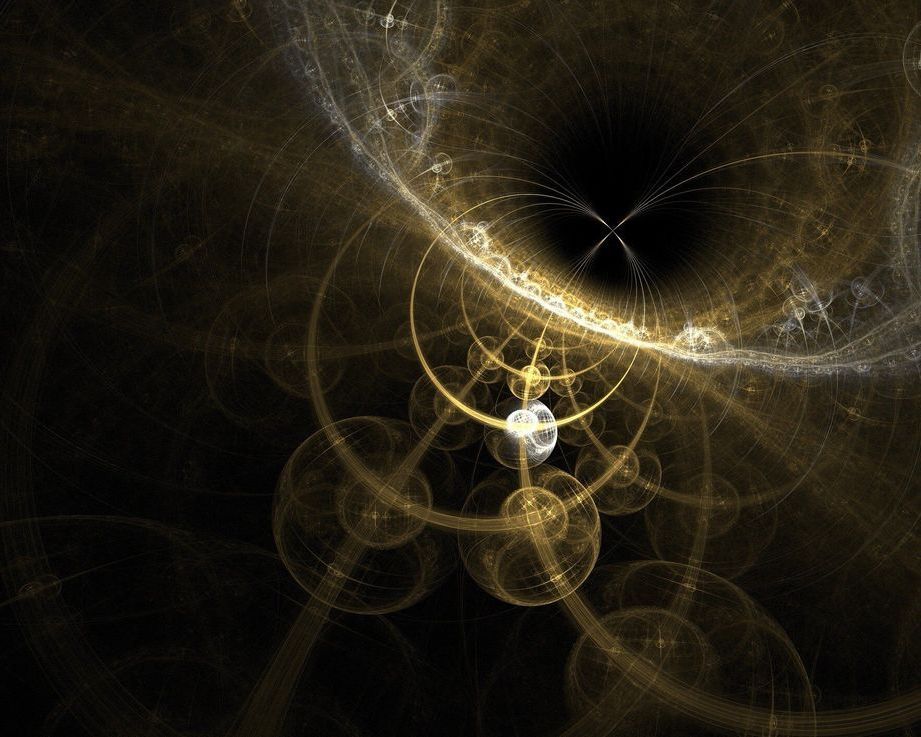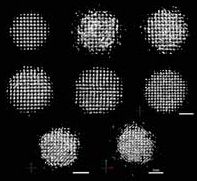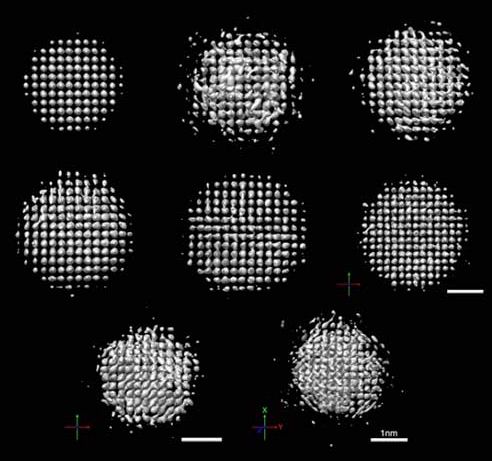:oooo.
Past cosmological and astrophysical observations suggest that over one quarter of the universe’s energy density is made up of a non-conventional type of matter known as dark matter. This type of matter is believed to be composed of particles that do not absorb, emit or reflect light, and thus cannot be observed directly using conventional detection methods.
Researchers worldwide have carried out studies aimed at detecting dark matter in the universe, yet so far, none of them has been successful. Even the preferred candidate for dark matter, weakly interacting massive particles (WIMPs), have not yet been observed experimentally.
The China Dark Matter Experiment (CDEX) collaboration, a large team of researchers at Tsinghua University and other universities in China, has recently conducted a search for a different possible dark matter candidate known as the dark photon. While the search was unsuccessful, their paper, published in Physical Review Letters, identifies new constraints on a dark photon parameter that could inform future studies.
